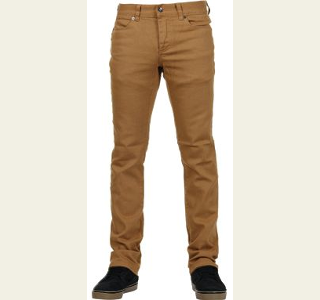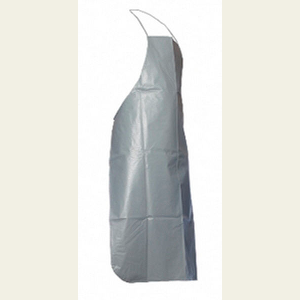Lab Attire
Proper lab attire includes a combination of clothing and recognized safe practices that will decrease the likelihood of injury or incidents in the lab.
General

Your legs and feet must be completely covered.
- Wear full length pants, or equivalent, and closed toe/heel shoes at all times in the laboratory. DO NOT wear shorts, sandals or open-toed shoes.
- Proper shoes shall be worn at all times in the laboratories. Sandals, open-toed shoes, and shoes with woven uppers, shall not be worn because of the danger of spillage of corrosive or irritating chemicals.
- DO NOT wear loose or torn clothing due to the potential for ignition, absorption of chemicals, and potential entanglement in machinery.
- DO NOT wear loose or dangling jewelry and confine long hair to decrease the potential for entanglement in machinery.
- Finger rings or other tight jewelry which is not easily removed should be avoided because of the danger of corrosive or irritating liquids getting underneath the piece and producing irritation.
Lab Protective Equipment

Always choose the correct coat for your research.
- Lab coats should be provided for protection and convenience. They should be worn at all times in the lab areas. Due to the possible absorption and accumulation of chemicals in the material, lab coats should not be worn in the lunchroom or elsewhere outside the laboratory.
- Where infectious materials are present, closed (snapped) lab coats and gloves are essential.
- Care should be exercised in protective clothing selection; some protective clothing has very limited resistance to selected chemicals or fire. Consult the SDS for a chemical to find out the recommended clothing or PPE for a particular chemical. (Examples are latex, nitrile, or PVC gloves, or aprons.)
Aprons - Rubber or Plastic

Chemical aprons can provide additional secondary protection.
Some operations in the laboratory, like washing glassware, require the handling of relatively large quantities of corrosive liquids in open containers. To protect clothing in such operations, plastic or rubber aprons may be supplied. A high-necked, calf- or ankle-length, rubberized laboratory apron or a long-sleeved, calf- or ankle-length, chemical- and fire-resistant laboratory coat should be worn any time laboratory manipulation or experimentation is being conducted. Always wear long-sleeved and long-legged clothing; do not wear short-sleeved shirts, short trousers, or short skirts.
